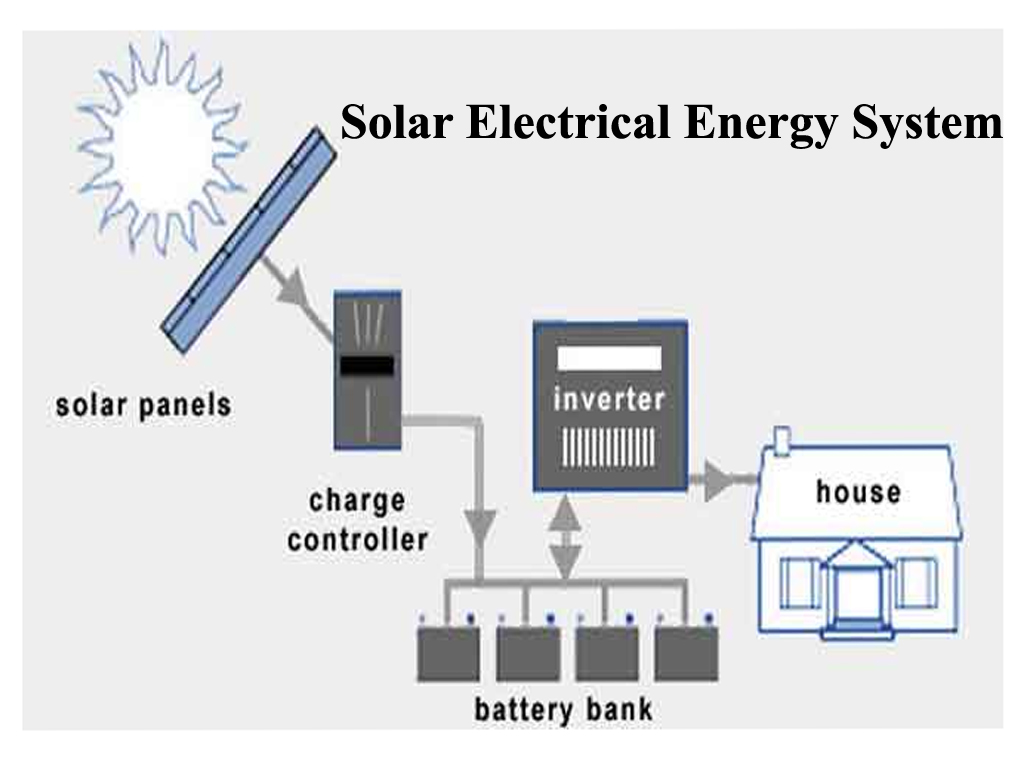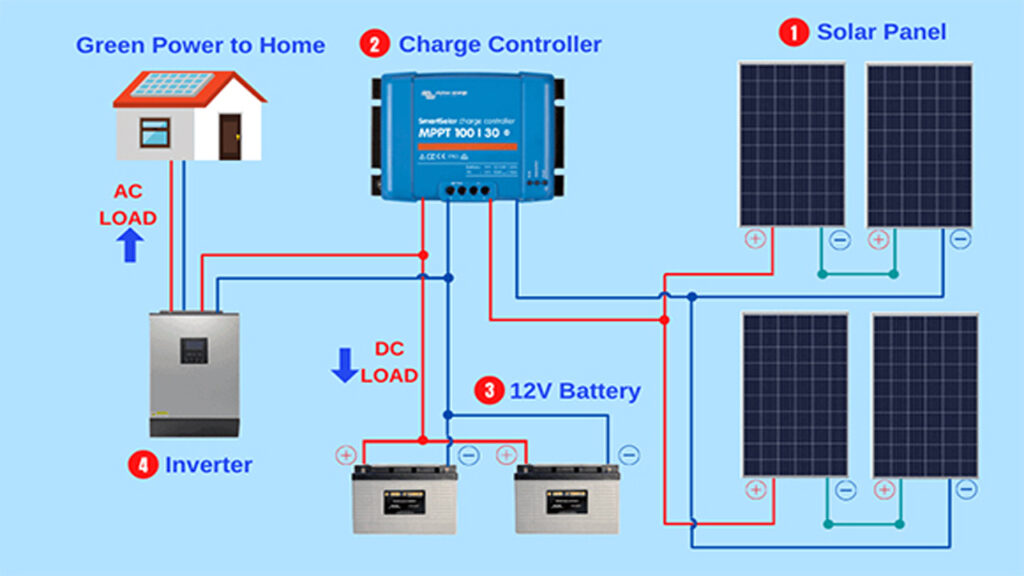Voltage stabilizer:
A voltage stabilizer, also known as an automatic voltage regulator (AVR), It is an electrical device used to maintain a constant voltage level to protect electrical appliances from voltage fluctuations. It ensures that the voltage supplied to an appliance or electrical equipment remains within the safe operating limits, even if the input voltage from the power source varies.
How Does a Voltage Stabilizer Work?
A voltage stabilizer works by automatically adjusting the incoming voltage to the required or safe output voltage level. It typically contains a transformer, capacitors, and relay circuits that help regulate voltage. Voltage stabilizers use various methods to regulate voltage, but the core principle involves adjusting the input voltage to maintain a stable output.
- Detection of Voltage Fluctuations: The stabilizer constantly monitors the incoming voltage. When the voltage rises above or falls below the preset limit, the stabilizer reacts.
- Adjusting Voltage: Once a fluctuation is detected, the stabilizer uses its internal components to increase or decrease the voltage.
In case of a voltage drop, the stabilizer boosts the voltage to the desired level.
In case of a voltage surge, it reduces the voltage to prevent damage.
- Output Control: The stabilizer outputs a consistent and safe voltage to the connected appliances, preventing them from being damaged due to over-voltage or under-voltage conditions.
Types of Voltage Stabilizers:
Relay-Type Voltage Stabilizers:
- These use a transformer with multiple taps and relays.
- An electronic circuit monitors the output voltage.
- When the voltage fluctuates, the circuit activates relays to switch to a different transformer tap, adjusting the output voltage.
- These are commonly used for household appliances.
Servo-Controlled Voltage Stabilizers:
- These use a servo motor to adjust a variable transformer.
- This provides more precise voltage regulation than relay-type stabilizers.
- They are often used in industrial and commercial applications where accurate voltage control is crucial.
Static Voltage Stabilizers:
- These use electronic components like thyristors or IGBTs to regulate voltage.
- They offer very fast and accurate voltage regulation.
- They are used in critical applications like medical equipment and data centers.
Common Voltage Stabilizer Faults and Repairs
Voltage stabilizers can face a variety of problems over time, including:
- Overheating: If the stabilizer is overloaded or used for an extended period, it may overheat. Overheating can damage internal components like transformers, relays, or capacitors.
Solution: Ensure that the stabilizer is properly rated for the load. If overheating persists, it may need to be repaired or replaced.
- Circuit Damage: Voltage surges or short circuits can damage the internal circuits, including the relays or microprocessor.
Solution: If the relay or circuit is damaged, it needs to be replaced. In some cases, the entire PCB may need to be repaired or replaced.
- Transformer Failure: The transformer can wear out or suffer from insulation breakdown.
Solution: A damaged transformer may require rewinding or complete replacement.
- Capacitor Issues: If the stabilizer has capacitors for filtering or regulating voltage, they can degrade or fail over time, leading to erratic performance.
Solution: Replacing faulty capacitors will restore normal functionality.
- Relay Problems: A faulty relay may fail to regulate the voltage correctly, causing over-voltage or under-voltage conditions.
Solution: Replacing the faulty relay will fix this issue.
- Wiring Issues: Loose or corroded wiring can cause problems.
Solution: Inspect and tighten or replace any faulty wiring.
- Overload issues: Using appliances that draw more power than the stabilizer is rated for can cause failures.
Solution: Ensure that the stabilizer is rated for the total load of the connected appliances.
Voltage Stabilizer Repair Process
- Diagnosis: The first step is to diagnose the issue by checking if the stabilizer is working properly, whether there is overheating, or if there is any voltage fluctuation from the stabilizer.
- Component Testing: The key components like transformers, capacitors, and relays should be tested for functionality. A multimeter can be used to check the continuity and condition of electrical components.
- Replacement of Faulty Components: Once a faulty component is identified, it should be replaced with the same specifications.
- Cleaning and Maintenance: Dust and dirt can accumulate on components, especially the transformer and relay. Cleaning and ensuring proper airflow can help improve the lifespan of the stabilizer.
- Re-calibration: After repairing, it’s essential to recalibrate the stabilizer to make sure it’s delivering the correct output voltage.
Preventive Measures to Extend Lifespan
- Regular Maintenance: Clean the stabilizer periodically to remove dust.
- Proper Load: Avoid overloading the stabilizer. Ensure it’s rated for the total load of the connected appliances.
- Proper Ventilation: Ensure the stabilizer has proper airflow to prevent overheating.
- Surge Protection: If you’re in an area with frequent power surges, consider using an additional surge protector.
General Repair Tips:
- Safety First: Always disconnect the stabilizer from the power source before attempting any repairs.
- Professional Help: If you are not comfortable working with electrical components, it is best to seek assistance from a qualified technician.
- Regular Maintenance: Periodically check the wiring and connections to ensure they are secure.
- Check the fuses: check any fuses that the device may have.
When deciding to purchase a new voltage stabilizer, remember to:
- Determine the power requirements of your appliances.
- Choose a stabilizer with sufficient capacity.
- Consider the type of stabilizer that best suits your needs.
If the stabilizer is still under warranty, it is advisable to take it to a certified service center for repair. If not, and you’re confident in basic electrical repairs, you can try replacing faulty components yourself, but exercise caution when dealing with electricity.
I hope this information is helpful.

